The QR code revolution: combining technology and creativity to create aesthetic QR codes

A fascinating new feature has appeared in the AI applications Stable Difusion and ControlNet – custom QR codes in the form of images with full QR code functionality. This innovative combination of technology and creativity brings a whole new dimension to the use of QR codes.
QR codes are now a normal part of our everyday lives. They are used to quickly access information, links, websites and many other functions. They are usually black and white matrices that are easily readable by QR readers. But Stable Difusion and ControlNet decided to go even further.
Teams from both companies have teamed up to create custom QR codes in the form of images. These QR codes remain fully functional even though they take the form of colorful, creative patterns. Thanks to advanced algorithms and artificial intelligence, it is possible to create QR codes with different shapes, colors and even artistic styles.
This new technology opens up endless possibilities for the use of QR codes. A company can create custom, unique QR codes with a design that matches their brand. For example, a restaurant can have a QR code in the shape of a plate or a drink. An art gallery can create a QR code that looks like a painting by a famous artist. The possibilities are almost limitless.
In addition to its aesthetic potential, this innovation also offers practical applications. For example, in stores, QR codes could be integrated directly into the design of products. Customers would simply scan the QR code on the packaging and get all the information about the product, including price, ingredients and recommendations.
Stable Difusion and ControlNet bring a new dimension to QR codes. Technology has merged with creativity to create an innovative way to use QR codes in the form of colorful and attractive images. This innovation not only brings aesthetic value, but also improves the user experience and opens the door for new possibilities in marketing, design and communications.
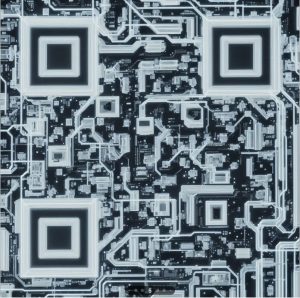

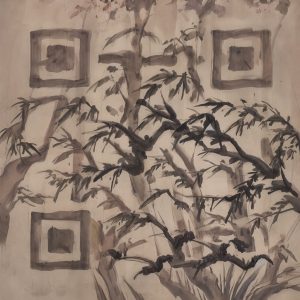

Source, photo: arstechnica.com
Author of this article
WAS THIS ARTICLE HELPFUL?
Support us to keep up the good work and to provide you even better content. Your donations will be used to help students get access to quality content for free and pay our contributors’ salaries, who work hard to create this website content! Thank you for all your support!

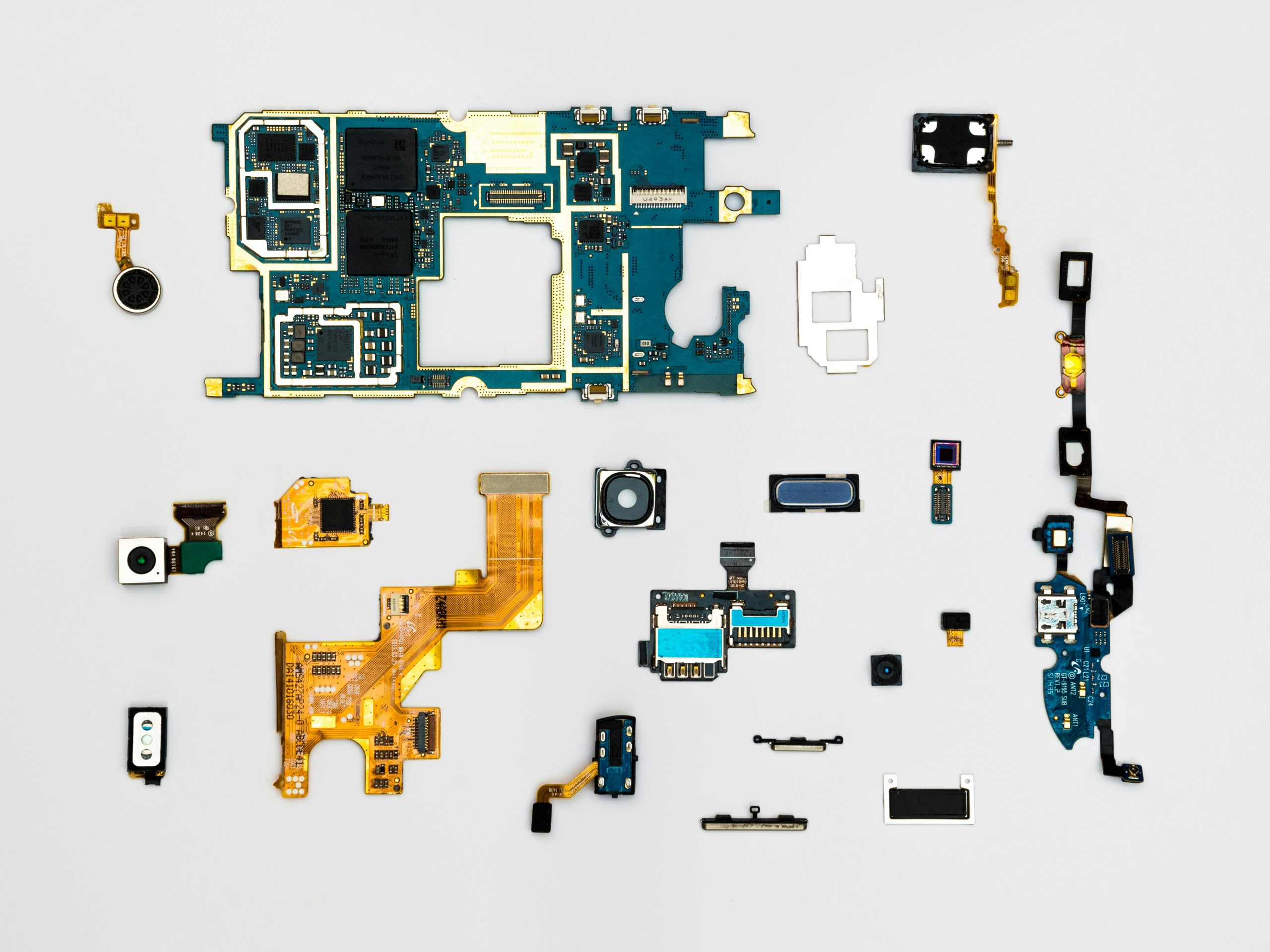
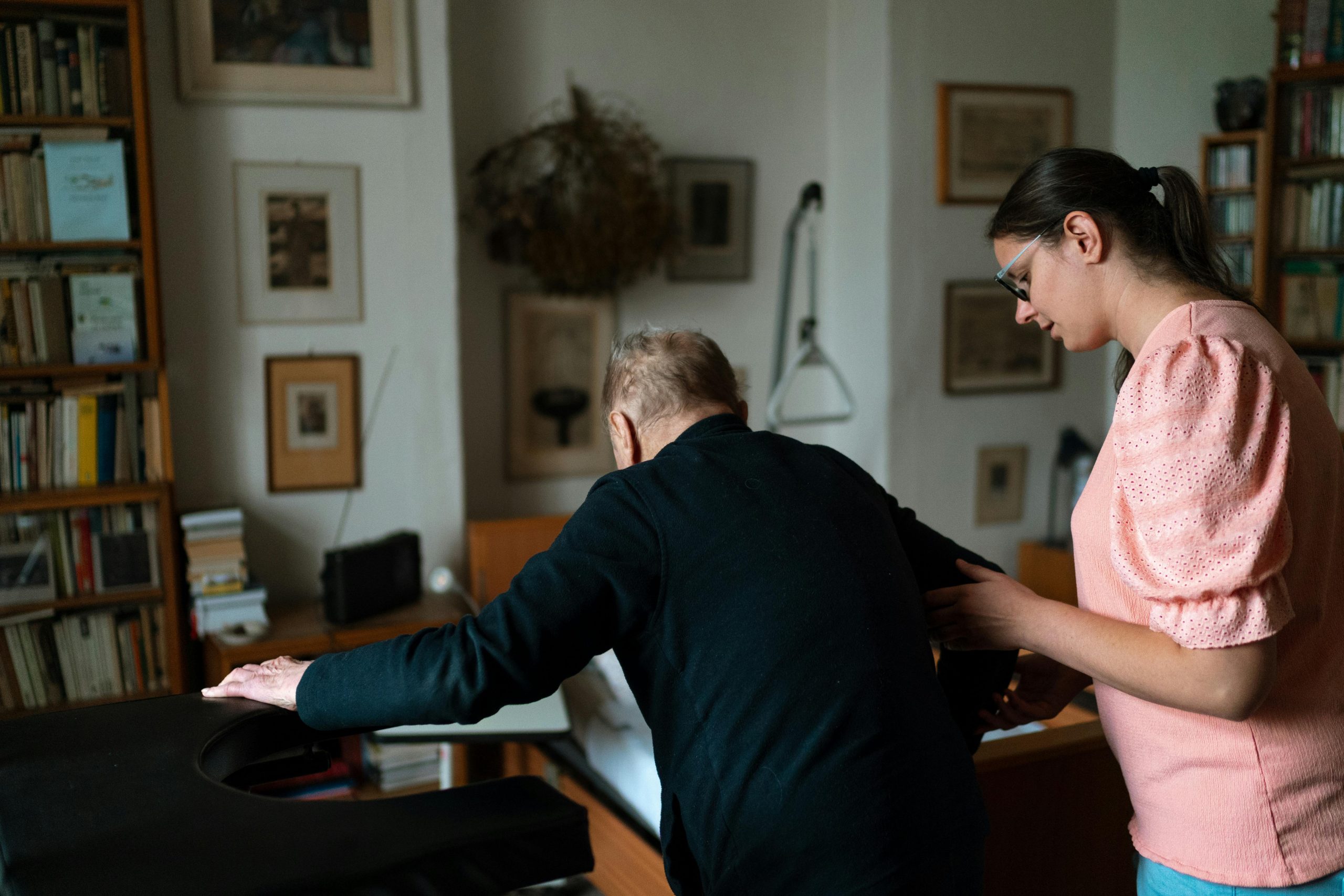
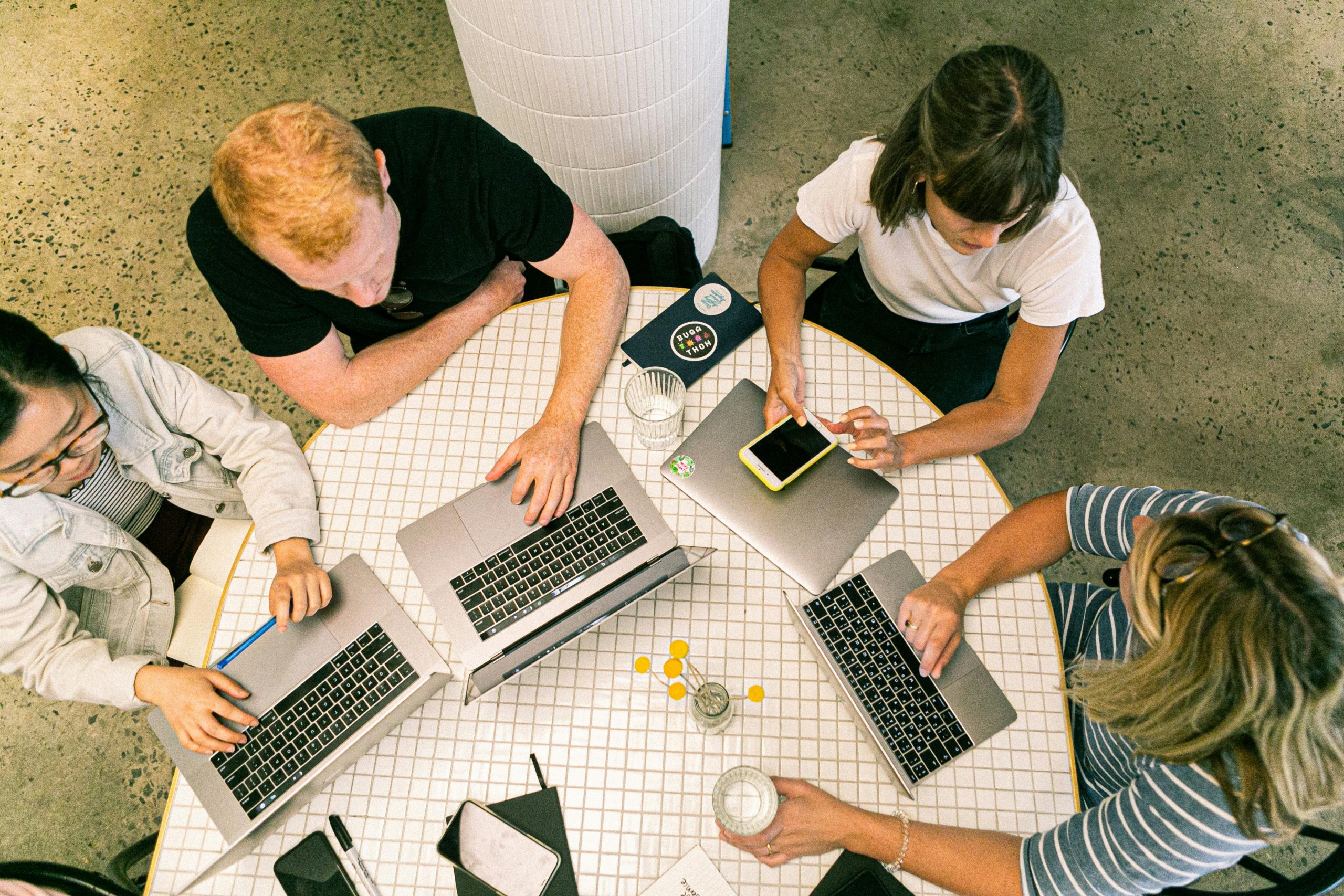

OR CONTINUE READING